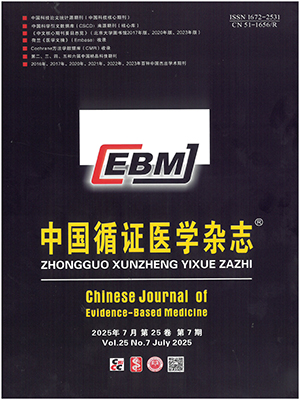Objective To assess the effects of combining intravenous immunoglobulin for systemic lupus erythematosus (SLE) by analyzing the randomized controlled trials (RCT).
Methods The electronic databases such as PubMed (1966 to Aug. 2010), EMbase (1974 to Aug. 2010), The Cochrane Library (Issue 2, 2010), CNKI (1994 to Aug. 2010), VIP (1989 to Aug. 2010), CBM (1978 to Aug. 2010) and Chinese Medical Association Digital Periodicals (1998 to Aug. 2010) were searched to collect RCTs of intravenous immunoglobulin for the patients with SLE. The methodology quality of the included studies was evaluated in accordance with RCTs quality evaluation standard of the Cochrane Handbook 4.2.6, and meta-analyses were performed by using RevMan 5.0 software.
Results Four RCTs involving 154 participants were included. The results of meta-analyses showed that compared with cyclophosphamide pulse therapy, the combining intravenous immunoglobulin markedly reduced the SLE disease activity index (MD= –3.09, 95%CI –4.21 to –1.97), the incidence of infection (OR=0.24, 95%CI 0.11 to 0.54), the proteinuria (MD= –1.09, 95%CI –2.11 to –0.06), and the relapse of SLE (OR=0.07, 95%CI 0.01 to 0.37). But there was no significant difference in elevating of complement between two groups.
Conclusion According to the results of meta-analyses, compared with cyclophosphamide pulse therapy, cyclophosphamide combining intravenous immunoglobulin may be more efficient in improving clinical symptoms, decreasing incidence rate of infectious diseases, and reducing relapse for SLE patients.
Citation: AN Ruixiao,TIAN Jinhui,TAN Jiying,YANG Kehu. Combining Intravenous Immunoglobulin for Patients with Systemic Lupus Erythematosus: A Meta-analysis. Chinese Journal of Evidence-Based Medicine, 2011, 11(3): 320-324. doi: 10.7507/1672-2531.20110053 Copy
Copyright © the editorial department of Chinese Journal of Evidence-Based Medicine of West China Medical Publisher. All rights reserved




